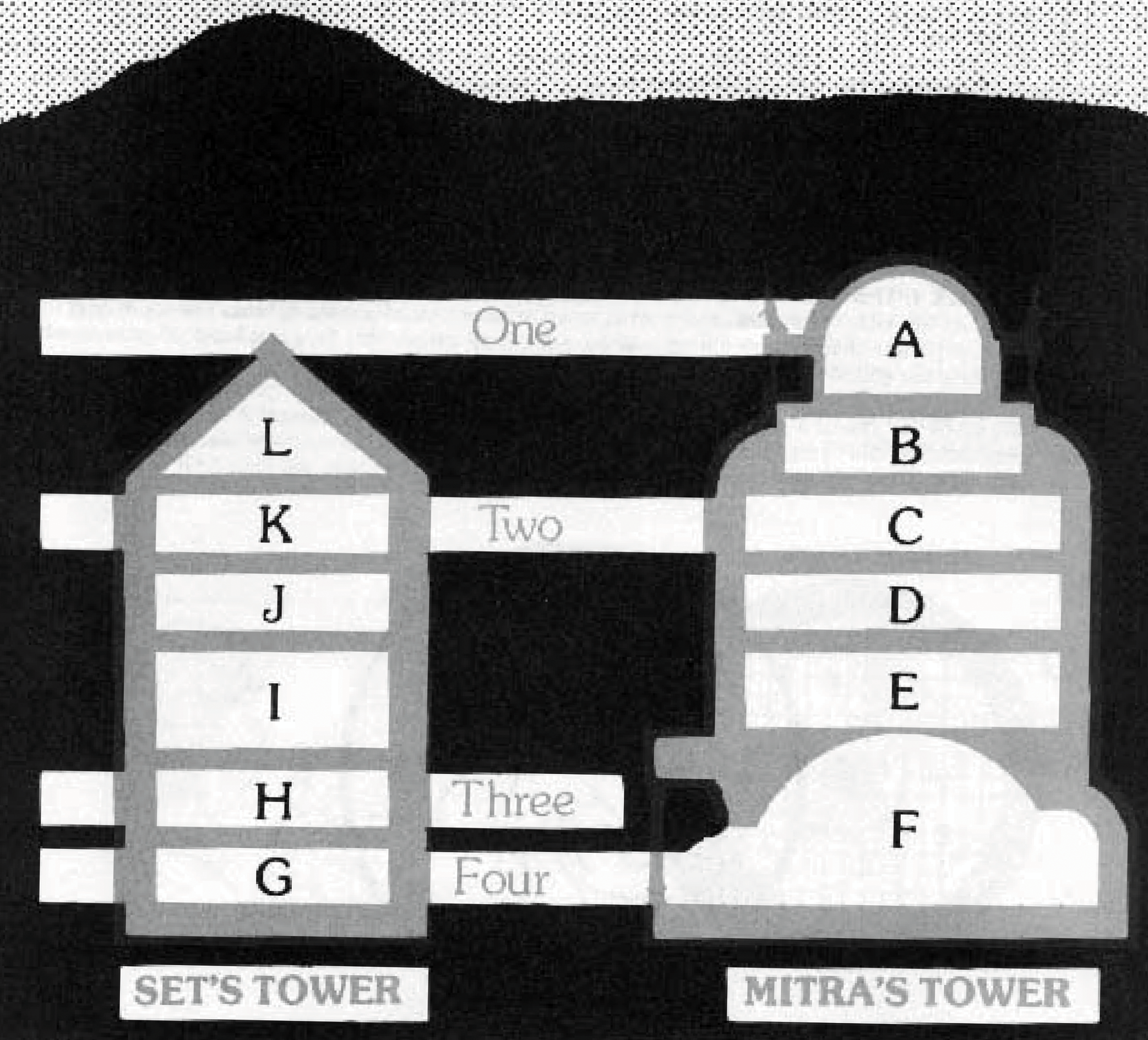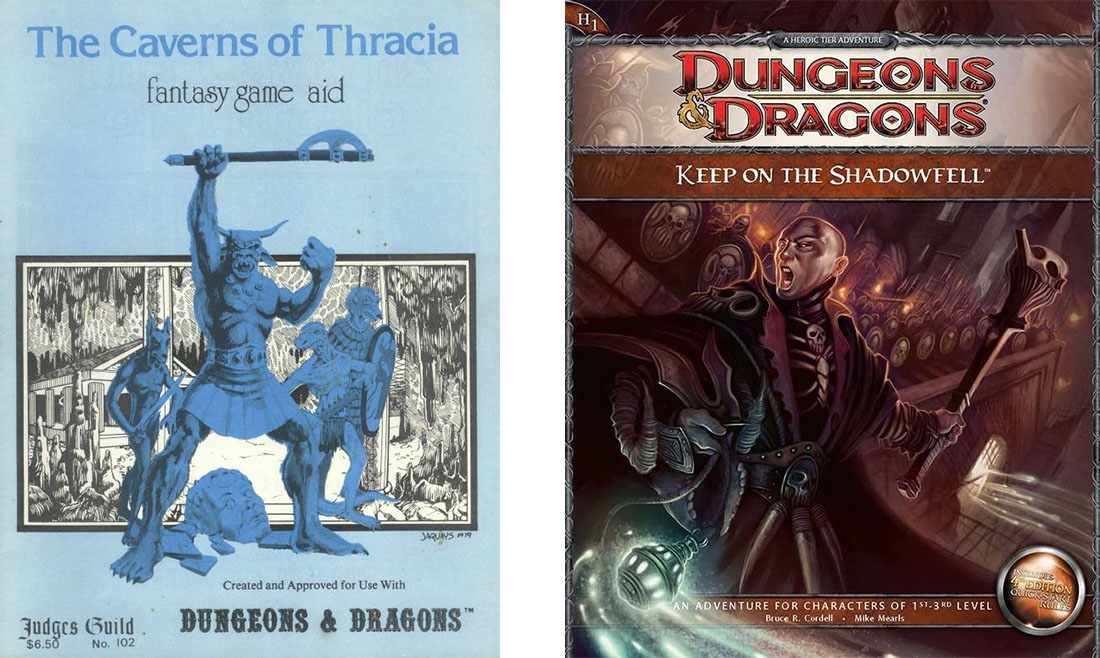There's been a ton of theory and advice written on megadungeon play in the past decade or so in OSR circles, but I'm not sure there's a standard model, per se.
Jennell Jaquays is considered an important pioneer in dungeon design, with landmark late-70s designs like The Caverns of Thracia and Dark Tower being somewhat recently "rediscovered", so to speak, and hailed in recent years as marvels of interconnectedness, verticality, and player choice, allowing the navigation of the complex space to be more in control of the players and the adventures variable based on their decisions, as opposed to more linear dungeon designs. As someone mentioned above, Justin Alexander of The Alexandrian blog coined the term "Jaquaysing the Dungeon" to describe the process of analyzing dungeon maps and making your own designs have more loops and options for paths and create a richer play experience thereby.
Dark Tower (1980) is a classic adventure module by Jennell Jaquays. Originally published by Judges Guild, it was one of several titles by Jaquays which revolutionized the genre.In the hinterland

thealexandrian.net
I believe that dungeons should always be heavily xandered....Okay, it’s true. I’m just making up words now. Recently, though, I’ve been doing some deep dives into the earliest days of

thealexandrian.net
This is kind of the opposite of the 5 Room Dungeon model, in a way, because of course the 5 Room model normally assumes a specific order of tackling the encounters, with a curated pattern of rising and falling action, whereas megadungeon design is normally more about creating an interesting environment which can be approached in different ways and orders, and in which navigation through the space is a challenge and major concern.
One free resource I enjoy quite a bit is Dyson's Delve, a "mini-megadungeon" of 11 small (around a dozen rooms each) levels, but which models megadungeon-style interconnectedness on a smaller scale, with a few sub-levels, an alternate entrance halfway down the dungeon, multiple paths up and down floors, monsters which can be grouped into factions and negotiated with (if the DM puts in a little work to flesh them out that way), etc. Paul Siegel of Wandering DMs has done a few very nice articles analyzing it as well, for a game he ran using it.
(Last Updated: December 25th, 2010) Dyson’s Delve was started as a bunch of small dungeon level maps in my Moleskine reporter’s pad style notebook. Then I started stocking it and postin…

dysonlogos.blog
Megadungeons by definition tend to be large projects and bespoke creations; another designer you might want to study the work of is Greg Gillespie, who's made kind of a cottage industry of designing and publishing megadungeons. Barrowmaze, Forbidden Caverns of Archaia, Highfell, and I think Dwarrowdeep, now? For decades back in the day it seemed like megadungeons were understood to be a pillar of the original style of play, but TSR or other publishers never actually put out the original Greyhawk or Blackmoor, and later ones which were published in the 80s and 90s (like Temple of Elemental Evil, Dragon Mountain, and Undermountain) always seemed to be incomplete or focused on some sort of plot as had become expected in the post-Hickman, especially 2nd Ed era. It's only really in the last ten years or so (I guess actually thirteen, since Stonehell came out) that we've seen real, full-scale megadungeons become a commonly-published thing, although there are some attempts from earlier, like the Greyhawk Ruins book Daraniya linked, or Castle Whiterock.





